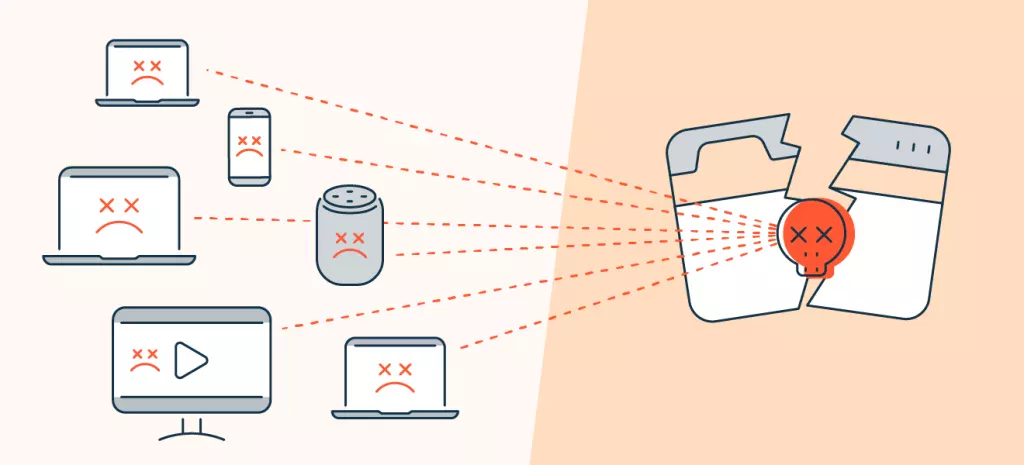Russian Tech Giant Yandex has recently reported that their server has been a target of the biggest DDoS attack in the history of the internet. According to the statement released by the company, the attackers started targeting their server in August, and it peaked on September 5. This big-budget tech company has successfully defended its servers against the attack as their team of experts managed to repel it. However, the threat of DDoS attacks is not exclusive to the big organizations; cyber-criminals target anyone and everyone on the internet. If you are a small business, you have even more reasons to be concerned about such cyber-attacks.

But what is a DDoS attack? How does it work? To protect your website from such attacks, you must know the basics.
What is a DDoS attack?
The term DDoS stands for Distributed Denial of Services. It is an attempt to exhaust the resources available to a system by flooding it with requests for data. The target of such attacks can be anything including but not limited to servers, applications, networks, or even a particular transaction within an application. The attackers aim to overwhelm the system by sending more traffics on its way than it can handle. As a result, the system becomes inoperable. Yandex informed, during this recent attack, they have been receiving as many as 22 million requests per second. While some attacks only cause minor disruptions and slow down the service, some more aggressive attacks can bring down the entire system. If you have ever heard that some website has been taken down by hackers, in all probability, that is a DDoS attack.
How does a DDoS attack work?
Although the methods are evolving, the basic technique of DDoS attacks remains the same. Attackers send malware to various computers to infect them. Once a machine is successfully infected, the attackers can control them remotely. Then they use these infected computers as bots. These are also known as zombie computers. Attackers assemble a network of bots or botnets to send an overwhelming amount of traffic to their target devices. A bot network can consist of thousands or even millions of computers controlled by cybercriminals. The trickiest part is anyone’s computer can turn into a bot without their knowledge. As the bots are essentially some legitimate internet devices, it’s often become challenging to distinguish them from other traffic. The cybercriminals sell these botnets or DDoS attacks in the underground market. Anyone can buy them in exchange for a nominal fee. The threat of a DDoS attack is real. You have to remain watchful to defend your server against such attacks so that it cannot take down your server altogether. Here at Coloco, the security and performance of your servers are our priority. We implement 24/7 human network monitoring to ensure performance. Contact us to know more about our security protocols and various affordable plans.

